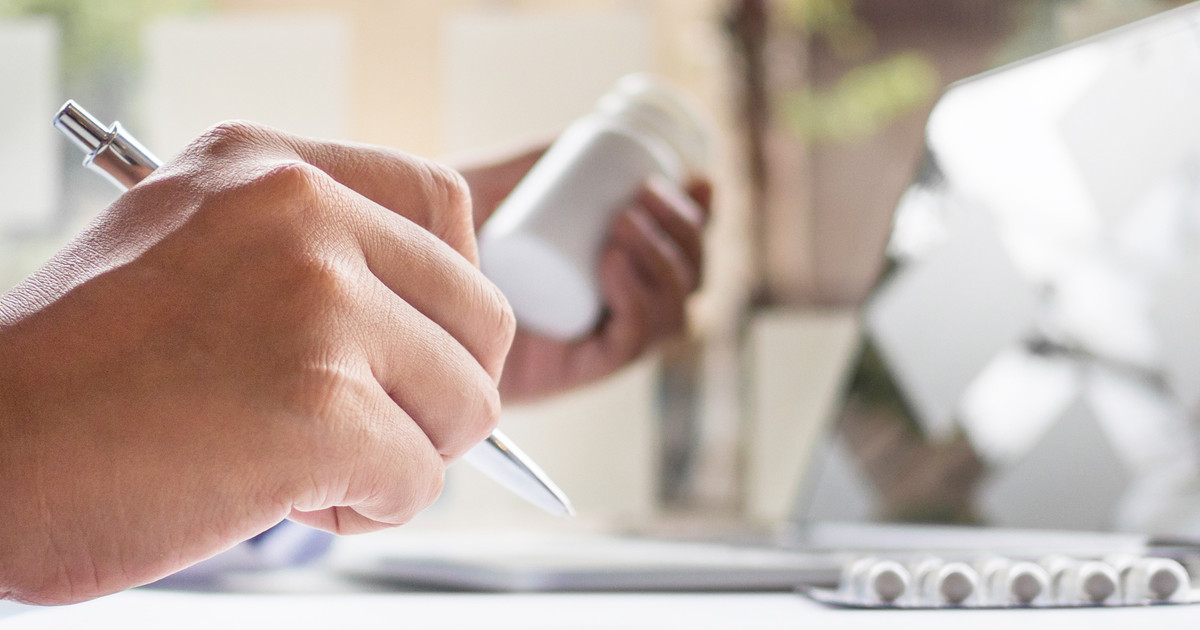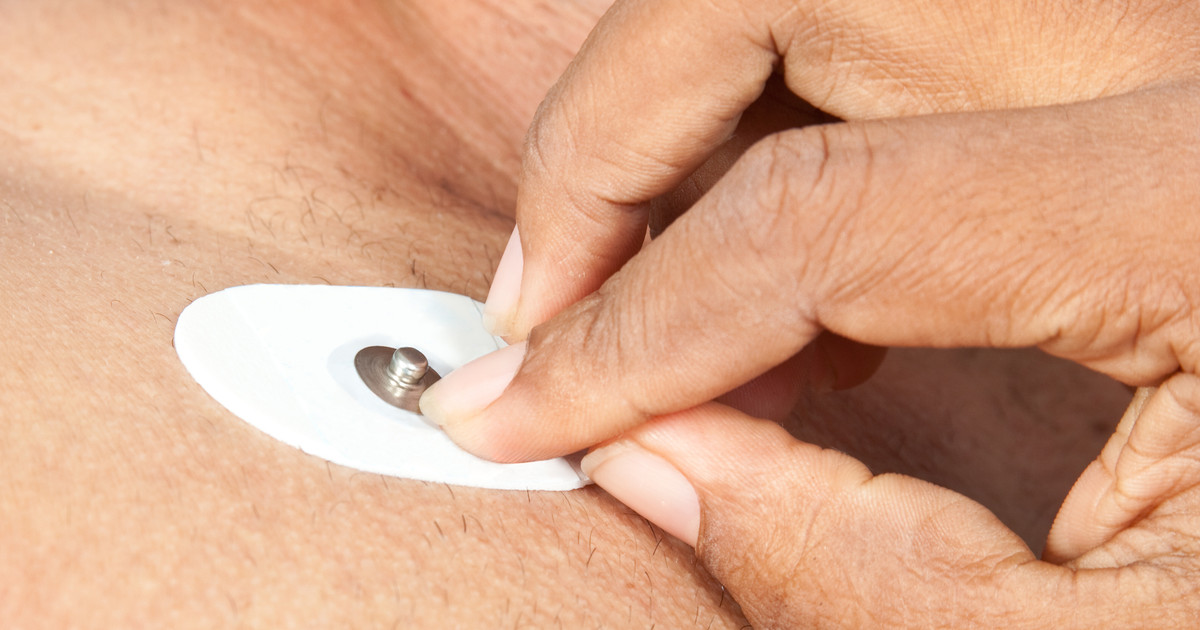Guide To Cardioversion
Preparing For The Procedure

In most cases, patients will schedule the procedure in advance and go to the hospital on the appointed day. Some patients may need to have cardioversion done on an emergency basis if their symptoms are severe enough to become life-threatening. Patients will typically be asked not to drink or eat anything for at least eight hours before the procedure. They will also need to talk to their doctor about if they should take their regular medications, as some may interfere with the procedure. When patients do take their medications, they should only drink enough water to swallow the pill.
Doctors may do a procedure beforehand to look for blood clots in the patient's heart. This is a crucial step because cardioversion can cause existing blood clots to break free, leading to a heart attack or stroke. Patients can ask their doctor if their risk of blood clots is high enough to warrant a screening. If blood clots are found, cardioversion will generally be delayed by about a month. During this time, patients will take anticoagulants to reduce their chances of complications.
Get the details on how the procedure works next.
How The Procedure Works

Upon arriving at the hospital for electrical cardioversion, medication will be administered to patients through an intravenous line. The medicine will sedate patients so that they sleep through the procedure and do not experience pain from the electrical shocks. Electrodes will be placed on the patient's chest by a technician or nurse. The electrodes are connected to a defibrillator, which is the machine that administers electric shocks. It will record the patient's heart rhythm and calibrate the electric shocks to restore a normal rhythm. If a patient's heart begins beating too slowly after the procedure, the defibrillator can correct the issue. Electrical cardioversion tends to take just a few minutes. Once patients recover from the anesthesia, they can go home the same day.
With chemical cardioversion, patients take medication to stabilize their heart. Some doctors may give patients the medication for this procedure through an intravenous line, just like in electrical cardioversion. This is done because it will increase the chances of a successful procedure.
Keep reading to learn about the risks and precautions that are linked to cardioversion next.
